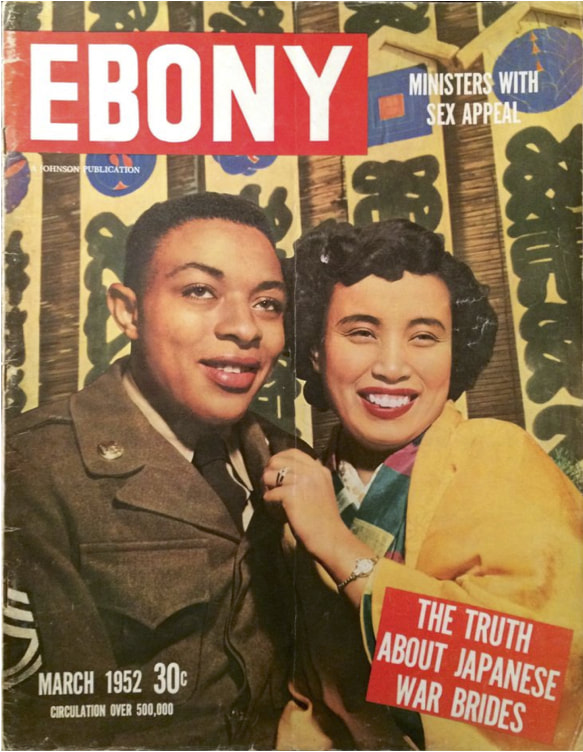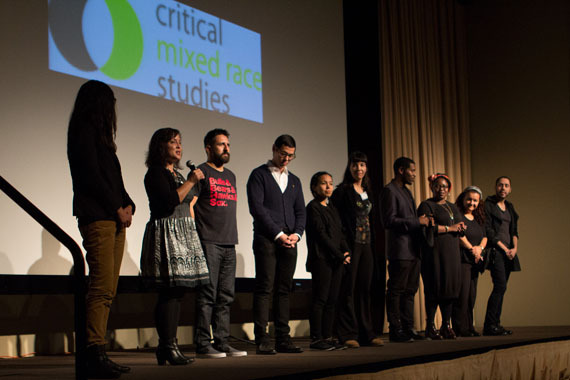A Look at Looking Different
The New York Times
2014-12-02
Felicia R. Lee
‘Crossing Borders,’ at the Brooklyn Historical Society
Alexander David grew up with a Chinese mother and a white Jewish father in the liberal Park Slope neighborhood of Brooklyn. He attended the predominantly Asian elite Stuyvesant High School. He was comfortable in his skin in both places, but in a world of tribes, the Asian kids considered him white, and the white ones considered him Asian.
“We’re not like a racially blind kind of society,” Mr. David said in an interview recently.
Mr. David’s experience is now part of an unusual project by the Brooklyn Historical Society called “Crossing Borders, Bridging Generations,” which has as its centerpiece a collection of more than 100 oral histories of people who identify themselves as being of mixed heritage, whether through race, ethnicity, religion or nationality.
Three years in the making, “Crossing Bridges” will be completed in mid-January and is uncommon in subject and scope for a historical society, said Annie Valk, vice president of the Oral History Association. It comes with public programs, a school curriculum and an interactive website…
…About 30 of the oral histories are now gathered on the website, which includes photographs, audio clips, transcripts and scholarly articles. The full oral history collection will be available next year at the historical society’s Othmer Library, the repository of more than 1,200 oral history narratives on a variety of topics. In February, educators will also be offered a curriculum for grades six through 12.
All the oral history subjects were volunteers who live or work in Brooklyn, or did so in the past. They were a diverse flock, including biracial lesbian couples and Jewish couples from different European countries. Their stories reflect changes from the time when mixed marriage often meant spouses of different religions to a time when it means gay or interracial marriage, or both, said Sady Sullivan, the former director of oral history at the historical society. Ms. Sullivan, who conceived the project, has been named the curator of oral history at Columbia’s Rare Book and Manuscript Library.
“The idea I get really excited about is that this is for the future,” Ms. Sullivan said. “What will it be like to listen to stories about the social construction of race in 150 years?”…
…Championing multiracial families — including the struggle for the right to check more than one census box for race — has also had detractors. Some argue that multiracial identity only increases racial stratification. Others have argued that discussions about multiracial identity too often fail to examine how race is related to wealth and power.
Nitasha Tamar Sharma, an associate professor of African-American studies and Asian-American studies at Northwestern, wondered how the oral histories would be framed. “Is it going to be used only as a celebration?” asked Professor Sharma, who writes about and researches issues of racial identity…
Read the entire article here.



